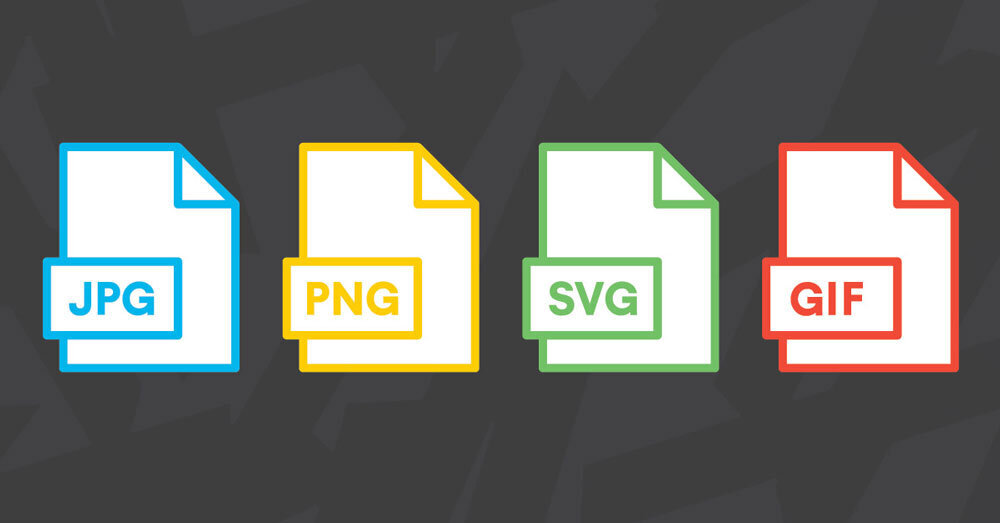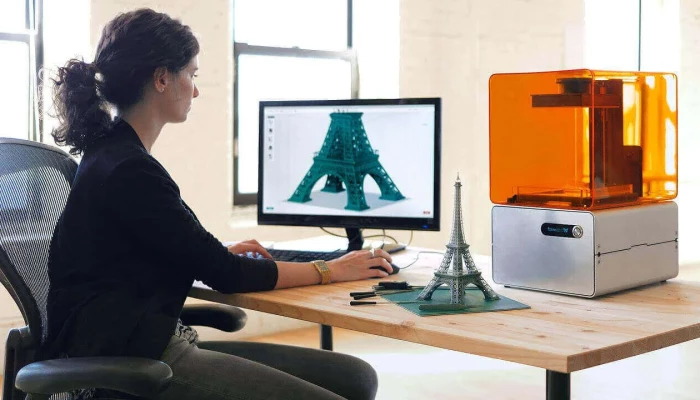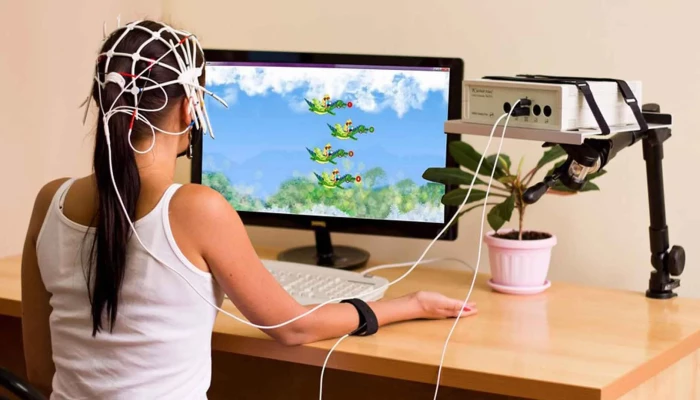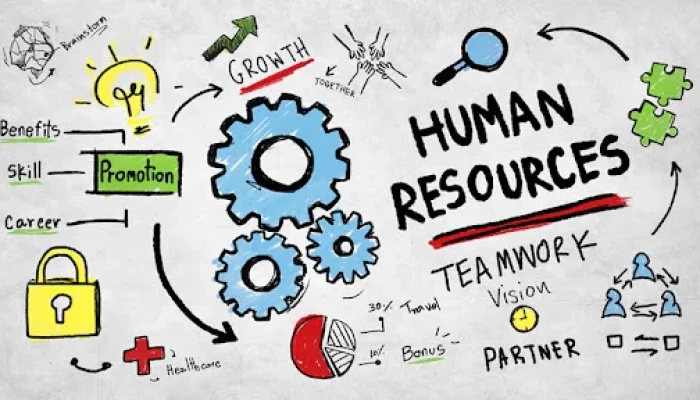Hello!
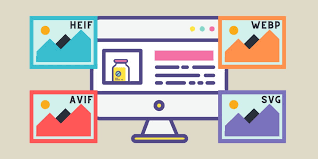 With technological progress advancing steadily, it is essential to keep track and dive into the latest developments. This article will shed light on the latest developments regarding image formats and explain how you can use modern image formats effectively on your website. We will discuss the JPG, PNG AVIF, and WebP and find out which one is the best choice for your website in 2022.
With technological progress advancing steadily, it is essential to keep track and dive into the latest developments. This article will shed light on the latest developments regarding image formats and explain how you can use modern image formats effectively on your website. We will discuss the JPG, PNG AVIF, and WebP and find out which one is the best choice for your website in 2022.
But before we choose our winner, we need to understand the details of different image file formats.
WebP
WebP refers to an Image format developed in 2010 whose main aim was to offer better lossless and lossy compression in any web image.
 One can decide to change PNG or JPEG files to WebP, and the result is that it maintains the sharpness of the original image. Besides, it helps in saving the server’s disk space. This feature automatically translates to faster downloads and reduced data consumption. In the following, we discuss four promising candidates.
One can decide to change PNG or JPEG files to WebP, and the result is that it maintains the sharpness of the original image. Besides, it helps in saving the server’s disk space. This feature automatically translates to faster downloads and reduced data consumption. In the following, we discuss four promising candidates.
However, we should note that the WebP format is incompatible with most CMS platforms, and most browsers do not use this file format.
But on the same note, WebP supports animated images just like the older GIF format and is the only candidate on our list with this feature.
Pros
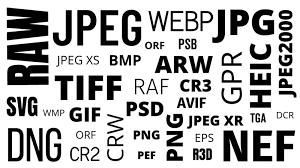 It uses lossy and lossless compression in the web images, making them look sharper.
It uses lossy and lossless compression in the web images, making them look sharper.
WebP saves disk space, and yet, it offers the same image quality.
WebP images have less bandwidth consumption than JPGs, and the website’s speed is improved.
It also supports animated images.
Cons
There is no support from the CMS platforms and image editors.
There is also no support by many browsers. For example, older releases of Internet Explorer and Safari do not support WebP images.
JPG
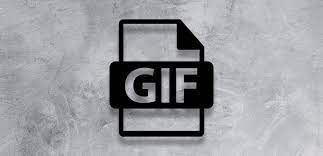 JPG, also known as the JPEG (Joint Photographic Experts Group), was established in 1986. It is drawn from the raster image format and has lossy compression. Therefore, JPG can reduce the image file size and encodes complex photographs with a combination of many colors.
JPG, also known as the JPEG (Joint Photographic Experts Group), was established in 1986. It is drawn from the raster image format and has lossy compression. Therefore, JPG can reduce the image file size and encodes complex photographs with a combination of many colors.
Users with high compression levels are best suited to use this format and expect elaborate, quick-loading, sharp images with acceptable quality.
Pros
It has universal browser support.
Displays sharp and quality photo images.
Fast loading format with small file size.
Able to support and display countless colors.
Cons
 Poor text readability because of the lossy image compression.
Poor text readability because of the lossy image compression.
It is not effective when used for computer-generated graphics.
PNG
PNG stands for Portable Network Graphic and is another popular and widely used raster type of graphic format. It is a standard file for web usage offering more text readability compared to JPG. Therefore, PNG is very popular for infographics. On the other hand, it might not be the best choice for your website due to its larger file size.
However, since these files are pixel-based, they must be scaled up with pixilation and modified to the correct size before final use.
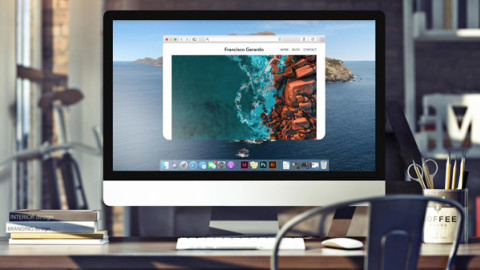 With the support for transparent backgrounds, even when you save a PNG format file, there will be no loss of quality since the lossless compression is active. As a result, you will experience high-quality images. Furthermore, PNGs will retain the sharpness of the original image.
With the support for transparent backgrounds, even when you save a PNG format file, there will be no loss of quality since the lossless compression is active. As a result, you will experience high-quality images. Furthermore, PNGs will retain the sharpness of the original image.
Pros
PNG has universal browser support.
Very effective in graphical elements use.
Lossless compression.
PNG supports transparency.
Cons
High-quality PNGs will slow down your website due to the large file size.
PNG images are not the best choice for printing graphics.
AVIF
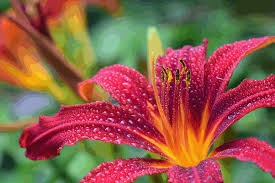 AVIF is the most modern image file format in our review. AVIF images are compressed with the AV1 codec in the HEIF container format. It is one of the newest open-sourced and royalty-free optimized image formats, also known to support any image codec. AVIF can reduce the image file size more significantly than JPEG, WebP, and PNG.
AVIF is the most modern image file format in our review. AVIF images are compressed with the AV1 codec in the HEIF container format. It is one of the newest open-sourced and royalty-free optimized image formats, also known to support any image codec. AVIF can reduce the image file size more significantly than JPEG, WebP, and PNG.
Currently, there is support for AVIF in Firefox, Android, and Google Chrome. If you come across an AVIF image and your device does not support opening or viewing it, a quick workaround is converting the AVIF image to JPG. The conversion can either be done online or using the native command line decoder after installing Libavif. Installing this decoder can be time-consuming.
From an analysis done in 2020, Netflix did several tests, confirming that its compression efficiency is far much better, thus enabling better data preservation, reduced color bleeding, and production of sharp and natural images.
Since the format is young, there are only a few tools to create AVIF images. For creating AVIF files from other image formats an online encoder is the quickest way to go.
Pros
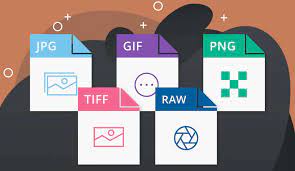 AVIF offers more support for graphical elements such as logos and graphics.
AVIF offers more support for graphical elements such as logos and graphics.
AVIF provides better lossless compression compared to PNG and JPG.
Provides an auto-regressive noise synthesis for dealing with film grain.
Monochrome or multi-components.
Cons
The image format is less popular than its competitors because it is new in the industry.
Conclusion
Each of the different image file formats comes to perform a specific task and, therefore, the need to know which one to use. The right choice will ensure the excellent appearance, performance, and scalability of your website.
 PNG and JPG are still the most common file formats on our list because they in the market for a long time and are compatible with all browsers. However, if you want to make your website future proof it is a good idea to go for the more modern formats WebP and AVIF.
PNG and JPG are still the most common file formats on our list because they in the market for a long time and are compatible with all browsers. However, if you want to make your website future proof it is a good idea to go for the more modern formats WebP and AVIF.
That’s why our story has two winners: WebP and AVIF are the best and the newest file formats with upgraded technology. Therefore, we rate them as the best image formats for 2022.
Using either WebP or AVIF is an excellent choice for speeding up your website or storing numerous images on small disc space with enhanced lossless and lossy compression.
But all in all, one must understand the different file types and their intended use. Taking into account the different properties of these image formats, you will get the maximum out of your images.
Thank you!
Join us on social networks!
See you!

